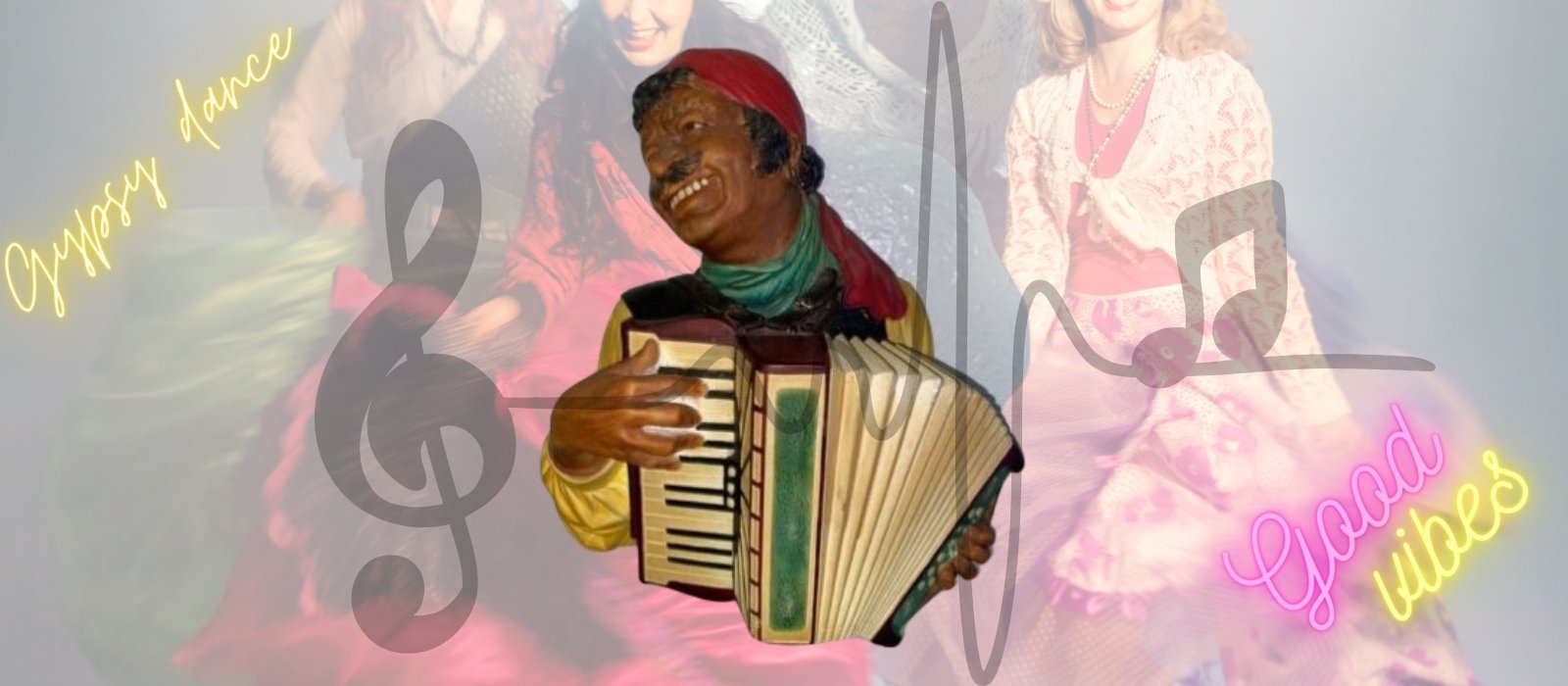Gypsy music, or Romani music, is a folk style that has evolved over centuries. It is often associated with traveling peoples and has spread across the world because of their nomadic lifestyle.
What makes this style of music so interesting is its reliance on improvisation, as well as its strong connections to other musical styles in different countries. One particular instrument stands out in relation to gypsy music—the accordion. Let’s take a look at how the accordion has influenced gypsy music over time.
The origins of Gypsy Music
Romani music known alternately as Gipsy Music has a long and colorful history. With its origins in northern India, Romany people were traditionally nomadic but are now largely settled across Europe.
This fascinating blend of influences is heavily prominent in Romani musical style, which defies easy categorization due to the vast regional differences that exist within it; melodic patterns from Byzantine Greek or Arabic styles can be combined with Indian Persian harmonic structures while lyrics may often be presented through dialects native to particular areas – such as Slavic Romanian German Dutch French Spanish and even Jewish forms.
Whether you enjoy Eastern European folk music or Gypsy jazz ballads – there’s something for everyone when exploring this truly unique genre.
Roma people and the Accordion
At the start of the 19th century, Romania saw an exciting new music introduction with a diatonic accordion. The chromatic model released after enabled it to become even more popular throughout Europe and beyond.
It is well-known for being played along with violins in lively bands performing traditional dances from Hungary and Romania alike – you can thank those Roma people who embraced its portability for carrying this sound around so widely.
Indeed, the Romanian style influenced other regions’ takes on accordion music, especially across countries like Serbia, Greece, Turkey as far east as Middle Eastern nations too.
Gypsy music is a powerful source of cultural pride for the Romani people, expressing delight and sorrow through lively celebrations and spontaneously sung melodies. Pervasive throughout Europe for centuries past, this tradition has brought joy to many listeners while providing meaningful incomes for some Roma communities.
This genre often confronts social issues to inspire political action and awareness – yet sadly needs to be recognized or appreciated by the public. Gypsy Music needs our recognition as it holds great importance culturally and socially, an undeniable heritage that deserves a promotion.
Characteristics of Gypsy music
Gypsy music captures the fascinating culture of Romani people in Eastern Europe. Characterized by rapid tempos, harmonic singing and its signature gypsy scale with a minor essential sound, this genre blends together punk rock influences as well as jazz tunes played by their musicians originating from the region.
It can further be compared to Klezmer music for its use of various accompaniments on instruments that add an extra thrill when enjoyed live or recorded!
Today, you can find accordions being used all over the world for different types of music; from French musette waltzes to Irish polkas to Finnish tangos, all of these accordion genres have been to a certain extent influenced by the Roma music styles.
For those looking to discover the wide world of chromatic accordions, from classical melodies and traditional songs to up-beat rock tunes – this gorgeous musical instrument is just what you need. Its lightweight design is ergonomically shaped, allowing comfortable playing, while its newly designed critical mounting minimizes disturbing sounds. Furthermore, genuine HOHNER craftsmanship mechanism for maximum performance, no matter how large or small your ensemble may be!
But perhaps no musical style has embraced this versatile instrument quite like gypsy music—which makes sense given that it was originally created by travelers who needed an instrument that was easy to carry around.
In Eastern European countries like Romania, Hungary, Bulgaria, and Serbia you can still hear traditional gypsy songs being performed with an accordion at weddings or other special events. The same is true for other places where Roma communities have settled such as Mexico or Argentina—where accordions are commonly used in traditional folk dances.







Leave a Reply